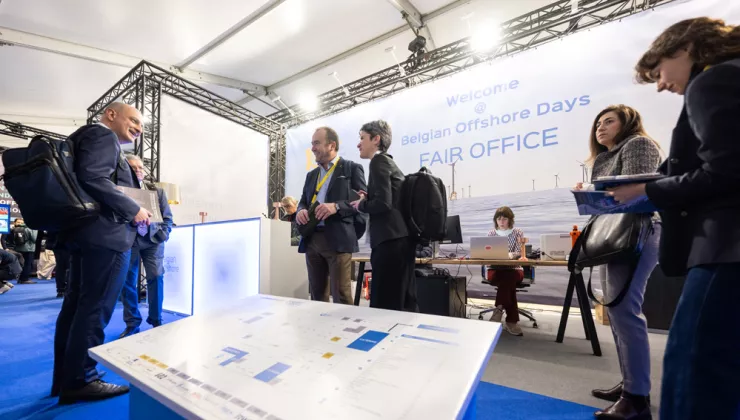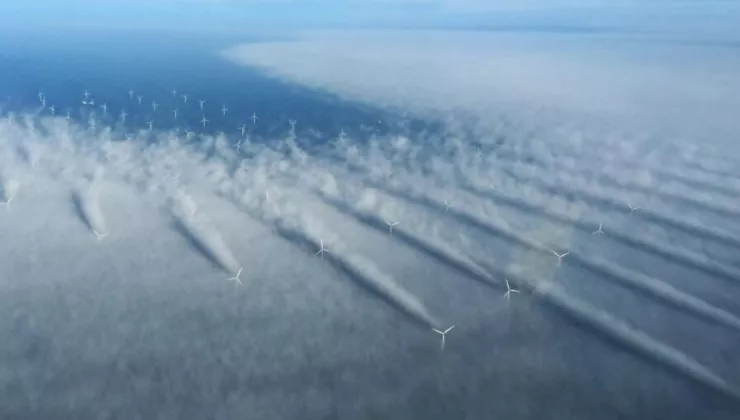Alternative ocean energy: an ideal match with offshore wind?
About 50 participants from the industry, policy-makers and research institutions from the North Sea and Baltic area engaged in a debate about the integration of alternative energy in offshore wind farms. The results will be used to formulate recommendations about how marine spatial planning and regulations can be adapted to this new situation.
Findings
While the announced acceleration in offshore wind power poses a major challenge to the offshore market, we need to ensure that we simultaneously unlock the huge potential of complementary technologies.
The energy transition will only be successful if we take the entire energy system into consideration. To do so, we need to strike a balance between production and consumption, and strive for the lowest possible cost while maintaining the quality of the ecosystem.
Although offshore wind power is still the cheapest way to generate a lot of megawatts of renewable energy, solar energy can constitute a disruptive technology in the quest for diversification, hybridisation and electrification of the energy supply system.
Solar power is the ultimate champion in LCOE reduction and will definitely be rolled out at sea.

Tine Boon
Cost
By combining renewable energy sources, the use per m² of sea surface can be increased. Wave and solar energy offer complementary energy profiles in addition to wind energy and contribute to more reliable energy supply systems.
The combination of wave, wind and solar power will reduce the cost of the energy system. The next steps are the technical integration of alternative forms of energy in wind farms and the grid connection.
To plan for joint use in the design stage of a wind farm, there is a need for clarity about the procedures for access to and the operation of wind farms. In addition, there need to be clear mechanisms for sharing responsibilities. This should guarantee that space is available for wind turbines and facilitate the sharing of facilities, equipment and infrastructure.
All these aspects should be integrated into marine spatial planning or tendering procedures.
Evolution
A multi-use context will change the group dynamics. To motivate all parties and create value for them, it is important not to hold on to promises and to rethink the blue economy on the basis of data- and technology-driven approaches.
There is a need for adaptive policies and cooperation between government authorities and the business community on the one hand, and new forms of stakeholder involvement on the other hand. Stakeholders need to exchange ideas and expertise, and make use of science and technology to improve the management of our seas.


